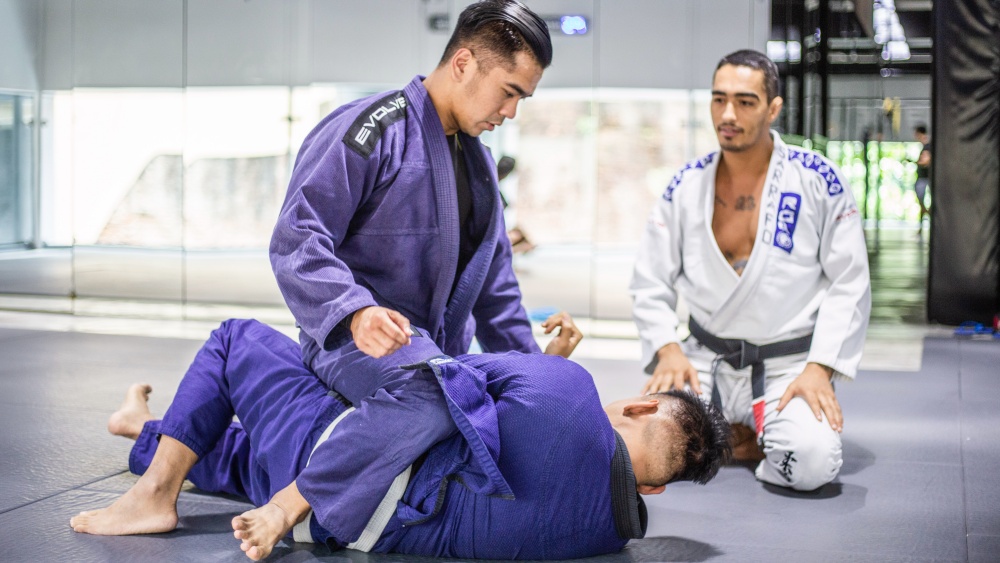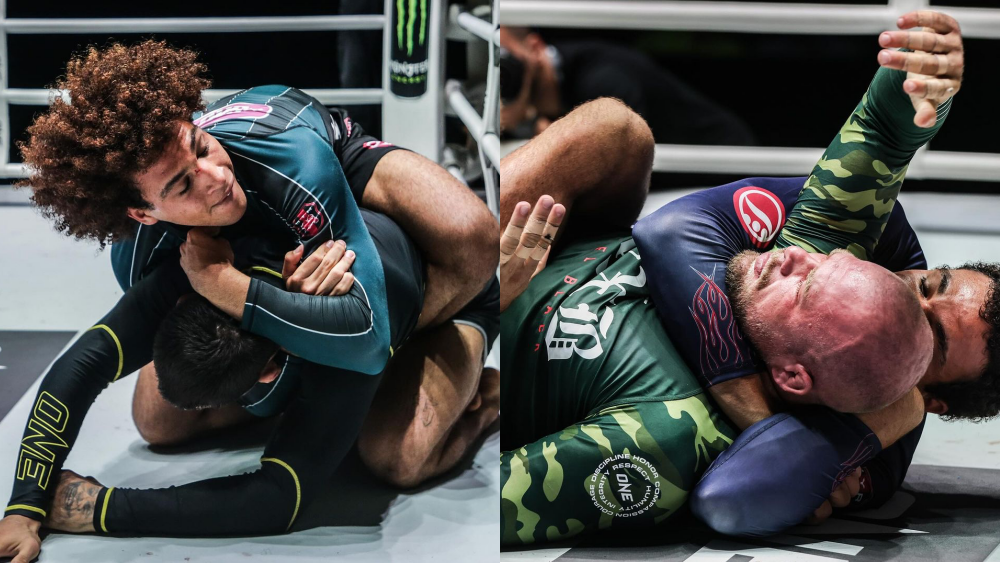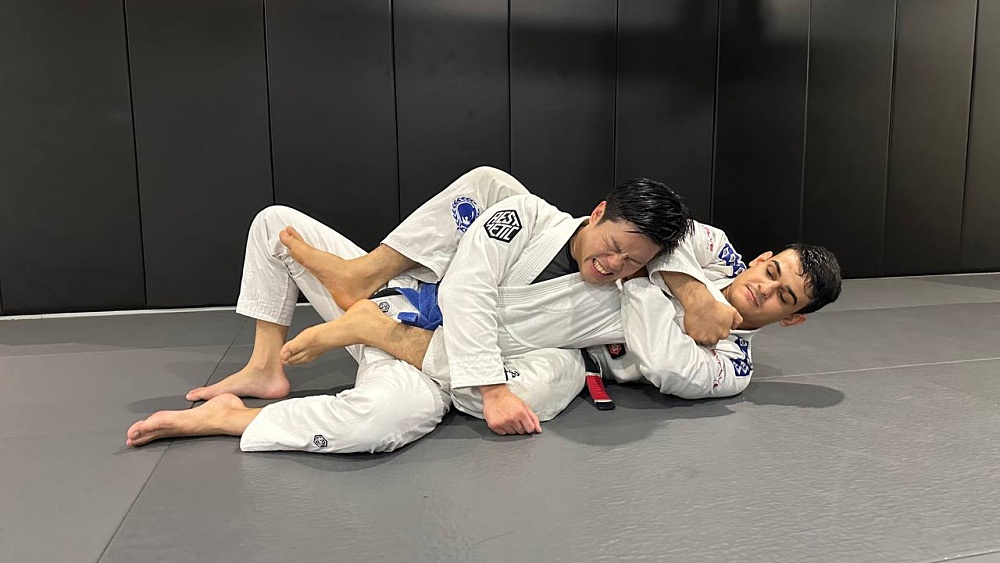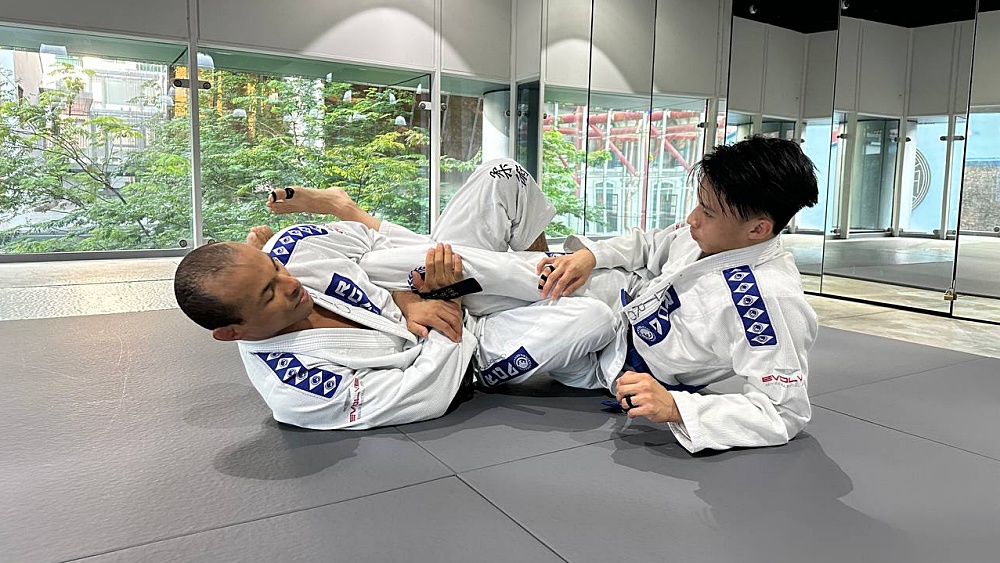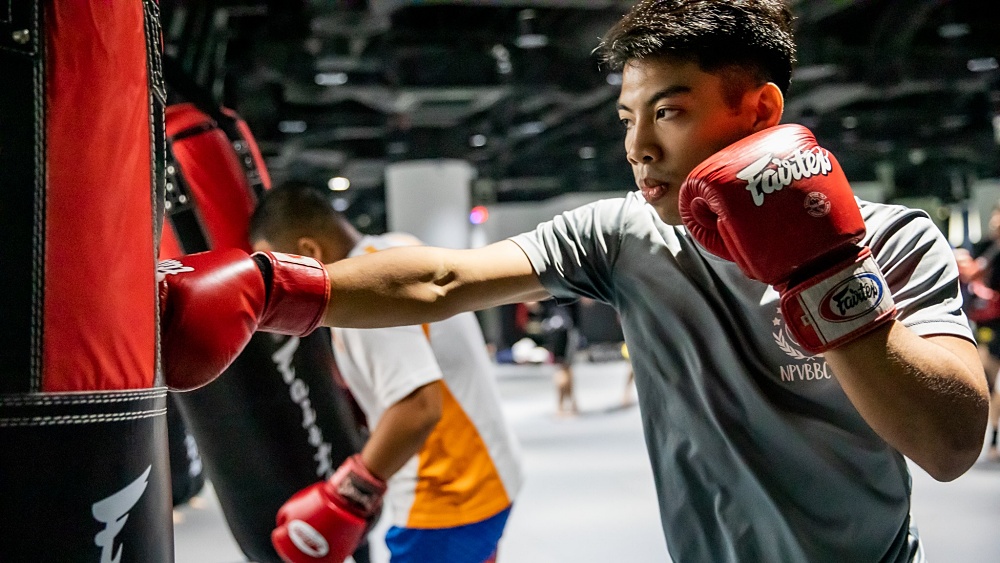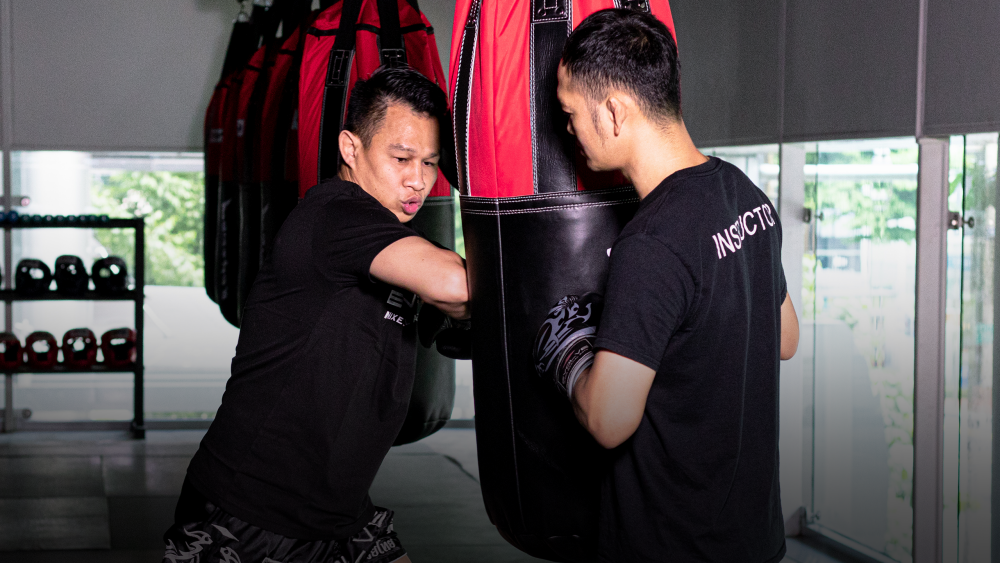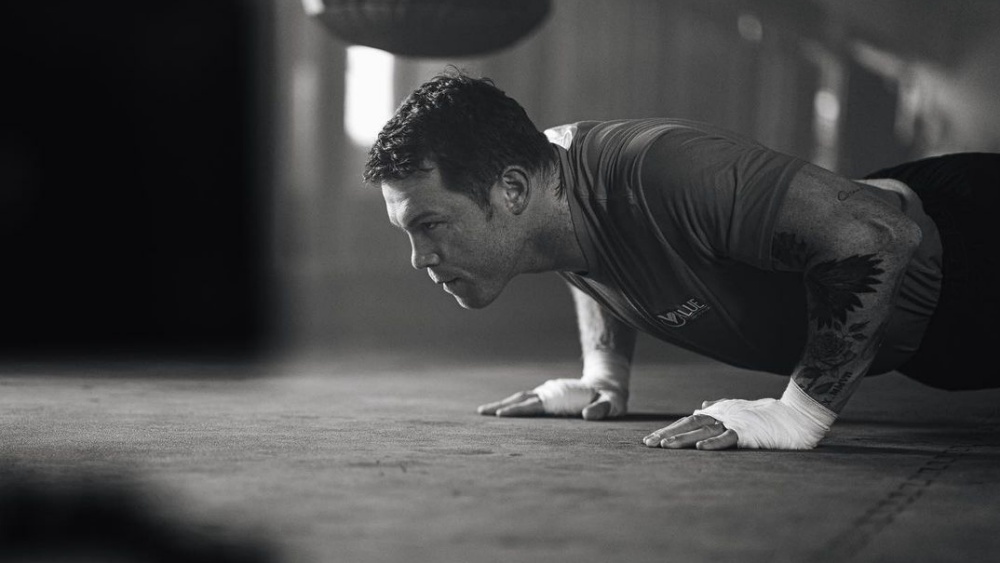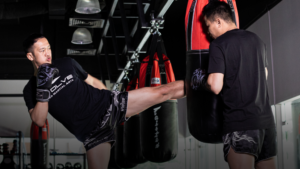One of Brazilian Jiu-Jitsu’s most dominant positions is the mount. The mount is a crushing pin that gives the attacker a tremendous advantage in both sport and self-defense situations, using body position, weight, and gravity to your advantage. Today we’ll talk about what makes the mount such a dangerous position to be in, and also discuss the best ways to escape the mount position.
What Is the Mount?
In Brazilian Jiu-Jitsu, the mount is a pin where you are on top of your opponent and facing their head. You sit on top of their torso in a kneeling-like configuration, and your hips are over theirs. Your weight should be primarily on your opponent’s body to make it difficult for them to breathe or move.
Using BJJ pins such as the mount is an excellent way to use your opponent’s strength against themselves. The mount has many uses, but it’s used primarily to either submit your opponent or advance to other dominant positions. In the context of mixed martial arts, you can also use the mount to strike the head or the body.
Knowing how dangerous the mount is, learning to escape the position is a fundamental skill to prevent yourself from getting submitted or knocked out. If you learn how to escape from the mount, you can defend yourself and dish out some damage simultaneously. You’ll have space to work on improving your BJJ skills as well.
Prevention Is Always Better Than Cure
It is important to note that while there are several effective escapes to the mount, it is always a good idea NOT to accept the mount in the first place. Brazilian Jiu-Jitsu is a dynamic martial art, and there are many ways to prevent your guard from being passed by using framing guard retention and distance management. Now with that out of the way, here are the best escapes from the mount position.
1) Bridge and Roll Mount Escape
The bridge and roll is a technique that uses the body’s ability to create space by bridging using the hips. The basic bridge and roll technique involves rolling over the top of your opponent while bridging your hips up high. It starts by isolating an arm, usually by grabbing the wrist or the elbow and placing it close to your centerline. Then you trap the same side foot by putting your foot in front of it, preventing the opponent from adjusting their center of gravity. You then make a strong bridging motion by lifting your hips as high as possible and leaning over to the side where the arm and foot are trapped. This motion should allow you to buck your opponent off the top, reversing the position.
The bridge and roll is the first mount escape taught to beginners in both BJJ and MMA. It can even be argued that this is the most important technique every beginner should learn in all of grappling as it teaches crucial concepts like establishing grips, bridging, and being relaxed under pressure. This BJJ technique is handy because it doesn’t require any complicated movements, but it does require a decent amount of timing and body awareness.
2) The Shrimping Escape To Guard
The shrimping escape is another fundamental escape from the mount position. It starts slightly switching your body position from being flat on your back to leaning towards a hip. You then frame at the leg and shrimp your hip out to create space; the farther your hip goes, the more distance you make, giving you the ability to recover guard. It is essential to maintain proper frames before the shrimp because it can expose your back from being taken.
The benefit of learning the shrimping escape is it is purely based on proper technique and can work with any body type. As mentioned previously, the key to an effective shrimping escape is the shrimp itself, do not be discouraged if one shrimp is not enough to create distance, do another shrimp and see how much space you create! Combining the shrimping escape with the bridge and roll builds a rock-solid foundation in escaping the mount position.
3) Foot Drag Escape
The foot drag is a great follow-up to the shrimping escape. It starts by doing the same shifting position, placing your weight towards a hip. Instead of shrimping out to create space, you now step your foot towards your opponent’s outside foot, place your heel near the top of the foot and slowly drag it across your other leg while gathering the knee of your opponent. This movement creates space by trapping the leg and gives you the ability to go to half guard. From the half guard, you can then create a plan to either sweep or submit your opponent. Any guard is better than being on the bottom!
This technique is very useful, especially if the opponent is much bigger than you. Since you isolate a leg to create an imbalance, you can focus much of the work on a small part of your opponent’s body, nullifying any strength or size advantage. Many smaller athletes seem to favor this escape as it is easy to do and can be done with little to no positional risk.
Final Thoughts
Learning how to escape the mount is a vital tool to learn in grappling. There is practically zero offense you can do when put in the mount, so it is critical that you understand how to use techniques to escape it. It was mentioned that the mount is just one of the most common pins in Brazilian Jiu-Jitsu. Still, it’s such a powerful position that most grapplers instinctively go to it if given the opportunity.
Working on effectively escaping the mount is a skill that requires many hours of work. From white belts to black belts alike, the skills learned from these escapes may mean victory or defeat, depending on when and how you use them. Try these techniques, and let us know if it works for you!
You may also like:
